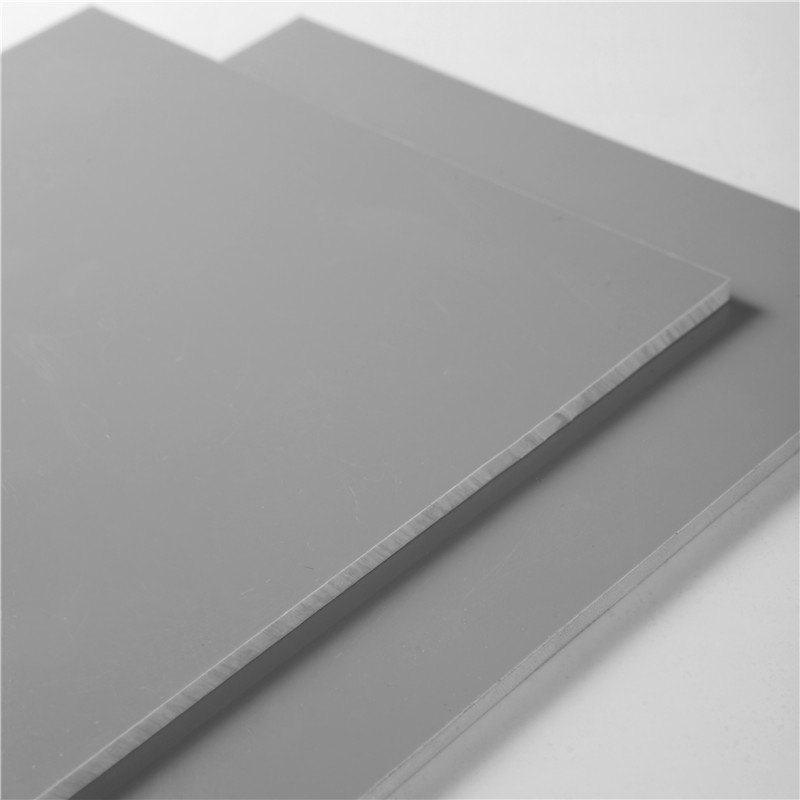Nov . 10, 2024 00:30 Back to list
Understanding Pipes and Fittings for Effective Plumbing Solutions
Understanding Pipes and Fittings Essential Components in Fluid Transport
In various industries and applications, efficient fluid transport is crucial, and the backbone of such systems lies in pipes and fittings. Understanding these components is vital for engineers, construction professionals, and DIY enthusiasts. This article explores the types, materials, applications, and installation considerations for pipes and fittings.
Types of Pipes
Pipes come in various sizes and materials, each designed for specific applications. The most common types include
1. PVC (Polyvinyl Chloride) Pipes Lightweight and resistant to corrosion, PVC pipes are widely used in drainage, irrigation, and plumbing applications. Their ease of installation makes them popular in residential projects.
2. CPVC (Chlorinated Polyvinyl Chloride) Pipes Similar to PVC but with a higher temperature tolerance, CPVC is often used for hot water pipes. It is also recognized for its resistance to chemicals.
3. PEX (Cross-Linked Polyethylene) Pipes This flexible tubing is highly versatile and is commonly used in residential plumbing systems. PEX pipes can expand and contract, making them resistant to freezing temperatures.
4. Copper Pipes Known for their durability, copper pipes are utilized in both plumbing and heating systems. They can handle high temperatures and pressures and are resistant to corrosion, which makes them a popular choice for water supply lines.
5. Steel Pipes High-strength and durable, steel pipes are often used in industrial applications. They can withstand high pressure and temperatures, making them suitable for transporting oil, gas, and steam.
Types of Fittings
Fittings are crucial for connecting pipes, changing directions, and regulating fluid flow. There are several types of fittings, including
1. Elbows Used to change the direction of the pipe, typically at a 90-degree or 45-degree angle.
2. Tees These fittings allow the branching of pipes in a T-formation, facilitating connections to a new line.
3. Couplings Designed to join two lengths of pipe together, couplings are essential for extending pipe runs.
pipes and fittings

4. Adapters These fittings facilitate the connection between different pipe materials or diameters.
5. Valves Valves regulate flow within the system, allowing for control and maintenance. Common types include ball valves, gate valves, and check valves.
Material Selection
Choosing the right material for pipes and fittings is critical, as it affects the longevity and efficiency of the plumbing system. Factors to consider include
- Temperature and Pressure Some materials can handle higher temperatures and pressures than others. For instance, copper pipes are suitable for hot water lines, while PVC is ideal for cold water systems.
- Chemical Resistance In industrial settings, it’s essential to select materials that resist corrosion and degradation from chemicals.
- Cost and Availability Budget constraints and the availability of materials can influence the selection process. PVC tends to be a cost-effective solution, while copper may have a higher initial expense.
Installation Considerations
Proper installation of pipes and fittings is crucial to ensure a leak-free and efficient system. Here are a few considerations
- Alignment and Support Pipes should be aligned correctly during installation, with sufficient support to prevent sagging or misalignment over time.
- Sealing and Jointing The method of sealing joints and connections affects system integrity. Options include threaded fittings, solvent welding for PVC, and soldering for copper pipes.
- Planning for Expansion Materials like PEX can expand and contract with temperature changes; planning for this movement can prevent stress on joints.
In conclusion, pipes and fittings are fundamental components of fluid transport systems, impacting everything from domestic plumbing to industrial processes. By understanding the types, materials, and installation techniques, professionals can design and maintain efficient and reliable systems that stand the test of time.
-
High-Quality PPR Pipes and Fittings Durable ERA PPR & PVC PPR Solutions
NewsJul.08,2025
-
Black HDPE Cutting Board - Durable, Non-Porous & Food Safe HDPE Plastic Cutting Board
NewsJul.08,2025
-
High-Quality CPVC Panel Durable HDPE & PVC Panels Supplier
NewsJul.08,2025
-
Double PE Welding Rod Supplier - High Strength, Durable & Versatile Welding Solutions
NewsJul.07,2025
-
High-Quality PVC-O Pipe Supplier Durable 75mm PVC Pipe & Connections Leading PVC Pipe Company
NewsJul.07,2025
-
HDPE Drainage Pipe Supplier – Durable & Corrosion-Resistant Solutions
NewsJul.06,2025

